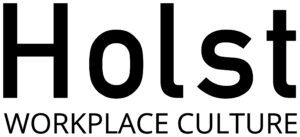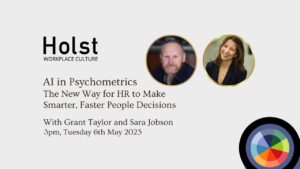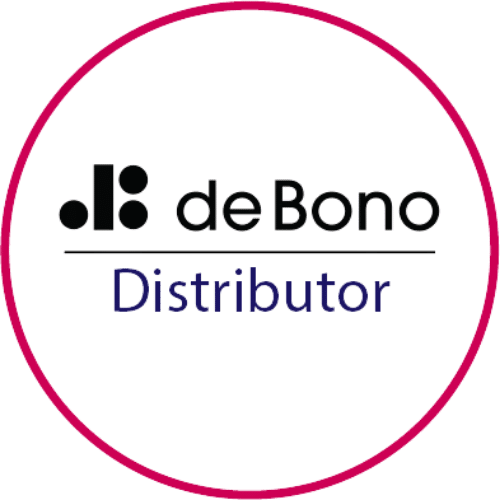In a recent survey*, 83% of CHROs said they face a significant talent retention problem. This can only be solved by a strategic approach to the employee lifecycle.

Talent retention starts before you have even drawn up your job advert. It continues through recruitment, onboarding, into individual development and signposts their career pathway. It feeds your ability to grow the skills and experience that the organisation needs for future success.
"77% of employers across the world report difficultly in filling roles – a 17-year high."
2023 ManpowerGroup Talent Shortage survey
Develop a strategic approach to talent retention in three stages
- Recruit to retain
- Develop to retain
- (Succession) Plan to retain
Recruit to Retain
According to a recent survey, around 30% of new employees leave within their first six months. A sound hiring decision, based on job fit, is the foundation of a successful, long-term hire. When job fit is right, people are happier, more productive, work well with their peers and stay with the organisation.
This is no chicken and egg situation. The starting point for a sound hiring decision is before the job advert is even written. Stakeholders to the role should collaborate to set a benchmark for the job. This identifies the personality traits and skills they believe are required for success. The benchmark allows the recruiter to accurately outline the role and define who is best suited to it in the advert text. While this may sound obvious, job ads are often recycled year after year, even as the job develops in a different direction.
With an advert based on a robust benchmark, you should attract the talent you are actually looking for, rather than a pile of CVs which bear little relevance to the role. Assessments enable recruiters to match applicants against the benchmark to determine strong job fit matches. Behaviour based interviewing provides insights around how an individual is likely to perform in the future, rather than what they have done in the past.
Of course, a perfect fit is unlikely. However, the benchmark/assessment progress identifies where gaps lie, and therefore the opportunity to put in place a bespoke development plan for the onboarding period and beyond. The bottom line is that if you hire the right people into accurately pitched job roles and support their development through the onboarding process, you have an enhanced chance of retaining them into the future.
Develop to Retain
New hires are in a vulnerable position, new to your culture and needing to make crucial workplace connections. They are at risk of feeling isolated and disengaged. A robust bespoke development plan in those early months which focuses on their individual needs creates the opportunity for loyalty to take seed and grow.
In November 2023, HR News reported 46% of UK workers wanted to leave their jobs in the next six months. Imagine nearly half your workforce leaving. Even if only half that number actually took action, your organisation would face crippling expense and significant disruption to productivity. This number also reflects just how unhappy nearly half the workforce is. Unhappy people rarely perform their best work, so even if they don’t jump ship, their presenteeism could be seriously affecting your output.
To tackle this malaise, focus on creating positive workplace culture through a strategic approach to development. Use assessments, both team and individual, to identify where people can make small adjustments which can have a big impact. Look at where your people can retrain, acquire new skills and plan ahead for a long-term future with your organisation.
We know that people often leave managers, rather than their jobs or organisations. It therefore follows that special focus should be on those managers with a poor retention record. 360 surveys and external coaching will help to identify their development considerations and create a framework for improvement. Teams need strong and fair leaders to perform their best. These leaders need support and training if they are to be effective in their roles.
"Workplace culture attracts talent more than salary or flexible working. Almost half (45%) of UK employees and business leaders rank a ‘great’ culture as the most important factor when looking for a new job."
CIPD, People Management November 2022.
(Succession) Plan to Retain
Provocation: Succession planning begins with recruitment. While what your new starter could be doing in three years time might not be a priority when you make the offer, it should be in the long-term game plan.
At recruitment, and through their subsequent development, you should have a clear picture of their strengths and weaknesses, their ability to inspire others and commitment to your course. If these factors are in the right direction, consider this individual a keeper! Take an honest and open approach to their development. Recognise and reward in line with their motivational preferences. Make sure that praise is not an empty gesture.
A strategic rather than scattergun approach to succession planning gives the confidence to your talented people that there is a career pathway worth hanging around for. This needn’t only refer to promotion opportunities, but also to sideways moves that enrich an individual’s skillset and experience.
Talent retention need not be a struggle
Retaining talent in your organisation need not be an uphill battle. It does however, require a focus on developing a positive workplace culture where people feel able to thrive and their contribution is valued. Central to this is supporting HR teams and leaders to create frameworks which are relevant to the organisation, easily understood and competently implemented.
We help organisations of every size and sector, from the start-up to the well-established, to create and optimise their talent retention strategies. Talk to our team of expert consultants and coaches to learn how we can do this for you.
"A positive workplace culture improves teamwork, raises morale, increases productivity and efficiency, and enhances retention of the workforce."
Dr. Pragya Agarwal, Forbes 2018





